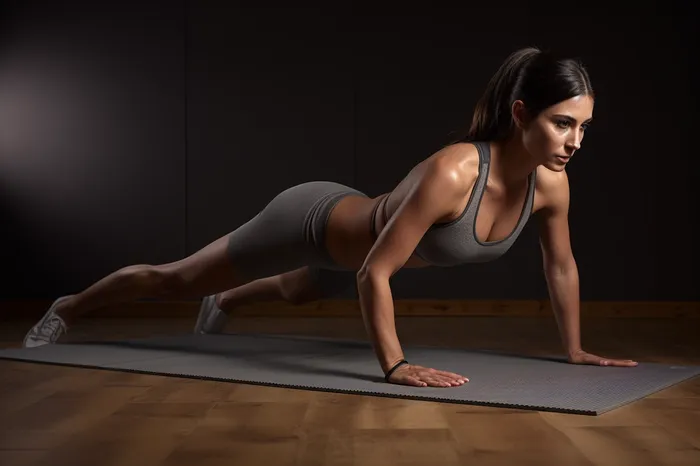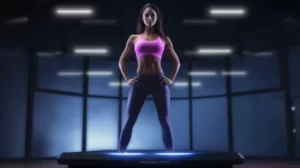Joint pain can be debilitating, affecting millions of people worldwide who suffer from arthritis. If you’re one of them, chances are you’re hesitant to exercise due to the pain. However, taking the right approach to movement could greatly benefit your joint health.
According to the Mayo Clinic, exercise is essential for people with arthritis. It strengthens your muscles, increases flexibility, reduces joint pain, and helps combat fatigue. To achieve these benefits, it’s crucial to choose the right kind of exercise that will be gentle on your joints while still providing the desired effects.
Challenges of exercising with joint pain
For those with knee, hip, or ankle pain, conventional floor exercises like squats and lunges could be more harmful than helpful. Moreover, getting up and down from the floor might be a challenge in itself. Although water exercises can significantly reduce the effects of gravity and make exercising more comfortable, they may not always be convenient.
That’s where plank-style exercises come in. They are an excellent way to build your core strength, which in turn trains your body to rely more on muscles, taking the pressure off your painful joints. However, it’s essential to practice modified plank versions that won’t cause you additional pain or injury.
Modified planks for arthritis
Here are some suggested modified planks that you can try at different levels, according to your comfort and abilities:
- High chair or couch back plank: Start with this easier version if you’re new to planking. Place your hands on the edge of a high chair seat or the back of a couch, keeping your elbows locked and your body in a straight line. Hold this position for as long as you can.
-
Lower chair plank: Once you’re comfortable with the high plank, progress to a lower chair. This will increase the difficulty slightly, further testing your core strength.
-
Stable ottoman plank: For an even greater challenge, try planking on the surface of a stable ottoman. Ensure that the ottoman doesn’t slide away during the exercise.
Tips for plank success
Regardless of your choice of plank, here are some tips to ensure you’re getting the most out of the exercise:
- Focus on maintaining your core. Keep the space between your ribs and hips consistent throughout the exercise. Engaging your core is crucial for building muscle and taking pressure off your joints.
-
The height of the leg you lift during the plank is not as important as maintaining your core and feeling the connection to your gluteal muscles in your hips.
-
Start with short-duration planks, gradually increasing the time as your strength improves.
-
Don’t hold your breath during the plank. Practice slow, controlled breathing to ensure your muscles receive adequate oxygen.
-
Always listen to your body. If you experience any pain or discomfort (beyond muscle fatigue), stop the exercise immediately and consult a healthcare professional.
For more exercise suggestions tailored to those with arthritis, refer to resources such as the Flipping 50 TV show, which offers episodes specifically about exercising safely with lower-body joint pain and reducing inflammation associated with arthritis.
Remember, the key to managing your joint pain with exercise lies in choosing the right kind of activities. With a consistent and gentle approach that takes your limitations into account, you can transform not only your joint health but also your overall well-being.



